A New Model Of Gene Mutation Challenging The Darwin's Principle
In 1944, an accidental mistake was made when experimenting with Evelyn Witkin, a genetics Ph.D. student at Columbia University. In her first experiment at the Cold Spring Harbor Laboratory in New York, she accidentally irradiated millions of E. coli with a lethal dose of UV light. When she returned to inspect the samples the next day, those E. coli were dead - except for the four cells in one of the samples, they survived and were able to continue growing. These cells were miraculously resistant to ultraviolet radiation. Wittkin speculates that the cells in this medium happen to have mutations that happen to make them survive, and it seems like a very lucky coincidence.
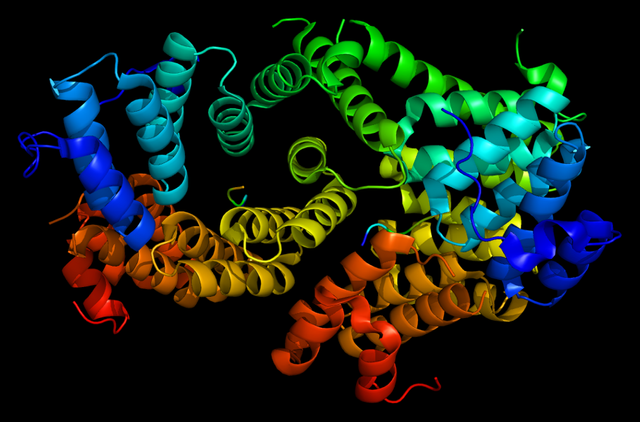
Biology will be able to produce adaptive mutations as needed?--source
For the next two decades, Witkin has been working on how these mutations appear and how they emerge. She discovered a mechanism called the SOS reaction, a DNA repair mechanism used when bacterial genomes are broken down, during which dozens of genes become active and the mutation rate rises. In general, most of these extra mutations are harmful to organisms, but they make it possible to adapt to the environment, such as the development of UV and antibiotic resistance genes.
Since then, the question that has plagued evolutionary biologists is that this phenomenon is a natural arrangement? This increase in mutation is merely a by-product of the process of gene self-repair; or, as some researchers claim, an increase in mutation rate is itself an evolutionary adaptation that helps bacteria to be faster in a stressful environment. In other words evolution under the favorable circumstances?
This is a challenging issue. Not only must scientists forcefully prove that harsh environments can cause non-random mutations, they also need a molecularly plausible explanation, a mechanism that makes such "lucky mutations" more frequent. For decades, scientists have done a lot of research in bacteria and more complex organisms and are constantly looking for answers to questions.
The latest answer comes from a study of yeast that was published in PLOS Biology in June, which is probably the best answer to date. A team led by Jonathan Houseley, a molecular and geneticist at the Babraham Institute at Cambridge University, has proposed a mutation mechanism that works in the yeast genome with adaptation of sex-related areas triggering more mutations.
"It's a brand new mechanism that shows that the environment can have an effect on the genome and that adaptive mutants can be generated as needed so far, which is one of the most directional mutational mechanisms we see." Baylor College of Medicine Philip Hastings, a professor of molecular and human genetics, said he did not participate in the tests of Husley. Some other scientists are also appreciative of this work, but most of them still consider the study speculated that the composition is relatively large, but it also needs more data to support it.
Increased genetic diversity
"I did not think about whether mutations were always random? 'But rather chose a more viable approach," Horsley said. He and his colleagues focused on a particular mutation called copy number variation. DNA often contains multiple copies of nucleotide sequences or even the entire gene. For example, if the copy number of a human normal chromosome is 2 and the copy number of some chromosome regions becomes 1 or 3, a copy number variation occurs in this region and the gene expression level in this region will also be affected.
The reason for this is that the cells do DNA replication before the cells divide, at which point some errors may occur, leading to excessive amplification or deletion of some of the gene fragments. In human individuals, copy number variation occurs in 5% to 10% of the genome - some of which are known to be associated with cancer, diabetes, autism and many genetic diseases. Husley suspects that at least in some cases, such changes in gene copy numbers may be a response to stress or danger in the environment.
In 2015, Horsley and his colleagues described a mechanism in which a copy number variation in the yeast cells that appears to be linked to the ribosome (the cellular part of the synthetic protein) has taken place, giving rise to additional copies of the gene. However, they did not prove that the change was an adaptive response to changes or restrictions in the cellular environment. Despite this, yeast seems to have completed more copies of the ribosomal gene when they are more nutrient-rich and the demand for synthetic proteins may be higher.
Therefore, Husley decided to test whether a similar mechanism would act on the genes directly activated by the harsh environment. In their 2017 paper, they focused on CUP1, a gene that helps yeast fight the toxic effects of copper in the environment. They found that the copy number diversity of CUP1 increased when yeast were exposed to copper. Most cells have fewer copies of the CUP1 gene, but about 10% more copies of the yeast are obtained, and these cells are more resistant to copper and better growing. "A handful of cells did the right thing," said Husley. "It is because they have the advantage that they can outperform every other cell."
But that change alone does not make much sense: if copper in the environment causes mutations, the change in CUP1 copy number diversity may be just a non-trivial result of a higher mutation rate. To rule out this possibility, the researchers cleverly engineered the CUP1 gene so that it does not respond to copper, but harmless to, sugar-galactose, which does not cause a mutation. When these special yeast cells are exposed to galactose, the diversity of gene copy numbers also changes.
These cells seem to produce as many mutations as possible indicating where the genome may be useful. In later work, researchers found the biological mechanism behind this phenomenon. We know that replication mechanisms sometimes stagnate as cells replicate DNA. Normally, the copy can be restarted where it stopped. If it can not be restarted, the cell can go back to the beginning of the replication process, but doing so results in an unexpected loss or increase of some gene sequences.
This is the reason that usually leads to copy number variation. However, Horsley and his team believe that the combined effect of some factors is more likely to make these copies wrong, often occurring in genes that are able to respond positively to environmental stress, which means that the genes are more likely to be copied Variation.
Importantly, these effects occur in genes that respond to environmental changes, giving nature more options to find the best gene expression levels to cope with the harsh environment. The results from the Horsley team seem to provide experimental evidence that harsh environments can stimulate cells to control genetic changes that most enhance their ability to adapt.
They also seem reminiscent of Jean-Baptiste Lamarck's view of Darwinism before the French naturalist, who believed that creatures came by passing on the features they acquired from the environment to their descendants evolution. However, Horsley believes that this similarity is only superficial.
"What we define is a mechanism completely derived from Darwinian random mutations that stimulates mutations that are not perfectly random at beneficial sites," said Horsley. "This is not Lamarck's Theory of Adaptation and Evolution. This is just the same result as Lamarck's Adaptation Theory, but there are no problems with the latter."
Adaptive mutation
In 1943, microbiologist Salvador Luria and biophysicist Max Delbrück showed in experiments that E. coli mutations were randomized and that the Nobel Prize was awarded for this study . Since then, discoveries like bacterial SOS have begun to skept some biologists about the existence of a major flaw in the stochastic theory.
For example, in a controversial article published in the journal Nature in 1988, John Cairns of Harvard University and his team found that when they placed bacteria that could not digest lactose in places where lactose was In the only food-sourced environment, these cells rapidly evolved the ability to convert lactose to energy. Keynes believes that this result suggests that the cells have mechanisms that give priority to certain beneficial mutations.
Colonies of S. cerevisiae on agar medium. If these studies are conclusive, the mechanism of DNA damage repair in these cells can also promote more adaptive mutations that can help cells evolve more rapidly in harsh environments.
Although this idea eventually proved to lack experimental support, some biologists are gradually becoming supporters of this broader theory of adaptive mutation. They think that even if the cells can not direct the exact mutations needed in a particular environment, they can also cause changes in the gene by raising their mutation rates.
The findings of the Houseley group seems to confirm this view. In the yeast genetic machinery "there is no such thing as 'I find the gene that solved the problem, let's mutate it' mechanism," said Patricia Foster, a biologist at Indiana University. "But these studies show that evolution can be accelerated."
Hastings at Baylor College of Medicine agrees with this view, praising Horsley's mechanism for explaining why additional mutations do not occur throughout the genome. "It needs to transcribe a gene to happen," he said.
However, the theory of adaptive mutation is seldom accepted by most biologists, and many of them are skeptical of Keynes's original experiments and those of Hausley. They argue that even at higher mutation rates under environmental stress, it is hard to believe convincingly that a higher mutation rate is itself a response to stress. John Roth, a genetic and microbiologist at the University of California, Davis, said: "This explanation is appealing, but I do not think so, and I do not think any of these stress-mutated The example is correct, and there may be some other, less intuitive, explanations for this phenomenon. "
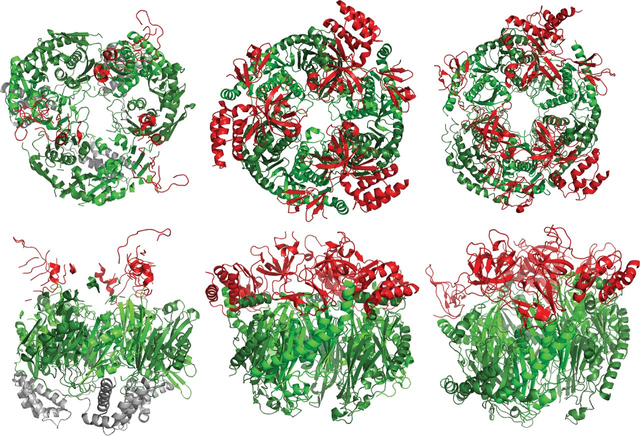
source
Paul Sniegowski, a biologist at the University of Pennsylvania, said: "I think [Houseley's work] is excellent and is very relevant to the debate over adaptive mutations, but it's still just one Hypotheses. In order to better validate this idea, they must test in the way of evolutionary biologists - to create a theoretical model to test whether this adaptive mutation can evolve over time and then let be evolved by this mechanism in the biota. "
Although there are many skeptics, Husley and his team are still insisting on a study of the relevance of this mechanism to cancer and other biomedical issues. "The emergence of chemoresistant cancers is a common occurrence and a major hurdle to cure the disease," said Husley, "He believes chemotherapeutic drugs and other stresses on tumor cells may cause further mutations in malignant cells, including drug-resistant mutations . If this resistance did indeed result from the mechanistic found in yeast studies, it could well provide us with a new drug target. Not only can cancer patients receive normal chemotherapy, they can also be treated by inhibiting biochemical modifications that may lead to resistance mutations.
References used:
Support @steemstem and the #steemstem
project - curating and supporting quality STEM
related content on Steemit
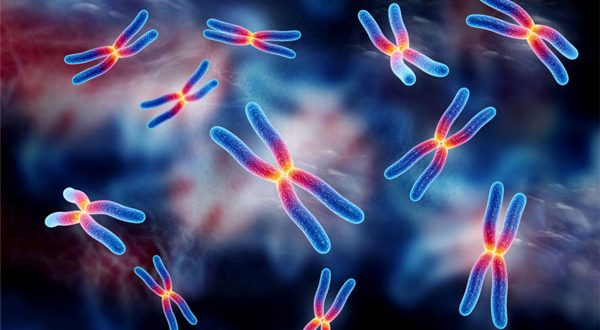
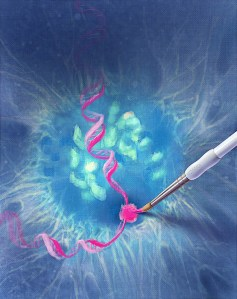
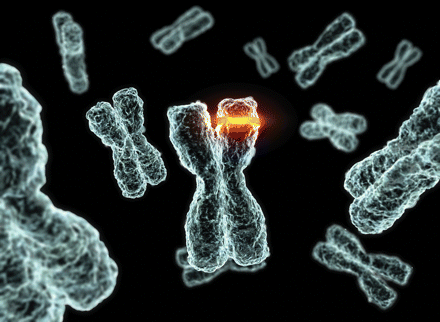
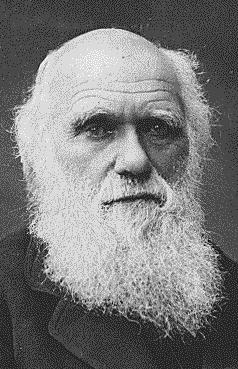
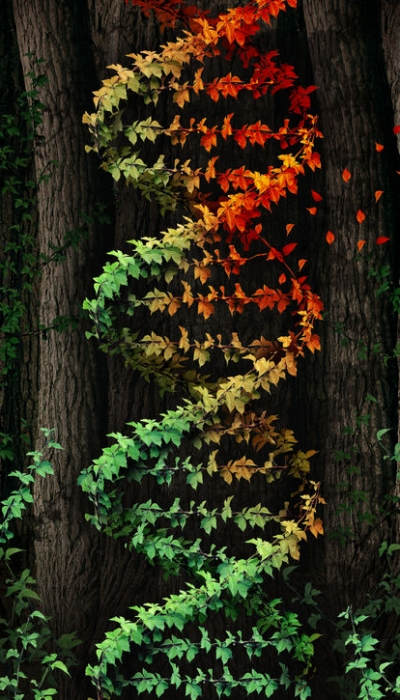

You got a 100.00% upvote from @dailyupvotes courtesy of @biomanu!
Hi, your post has been very nice. I am ready to vote and comment on all of them and hope you vote and comment.My steem id link https://steemit.com/@zarzish
Greetings! I am a minnow exclusive bot that gives a 5X upvote! I recommend this amazing guide on how to be a steemit rockstar! I was made by @EarthNation to make Steemit easier and more rewarding for minnows.
This post has received a 0.14 % upvote from @drotto thanks to: @biomanu.
This post has received a 0.06 % upvote from @speedvoter thanks to: @biomanu.
nice informative post
thanks.